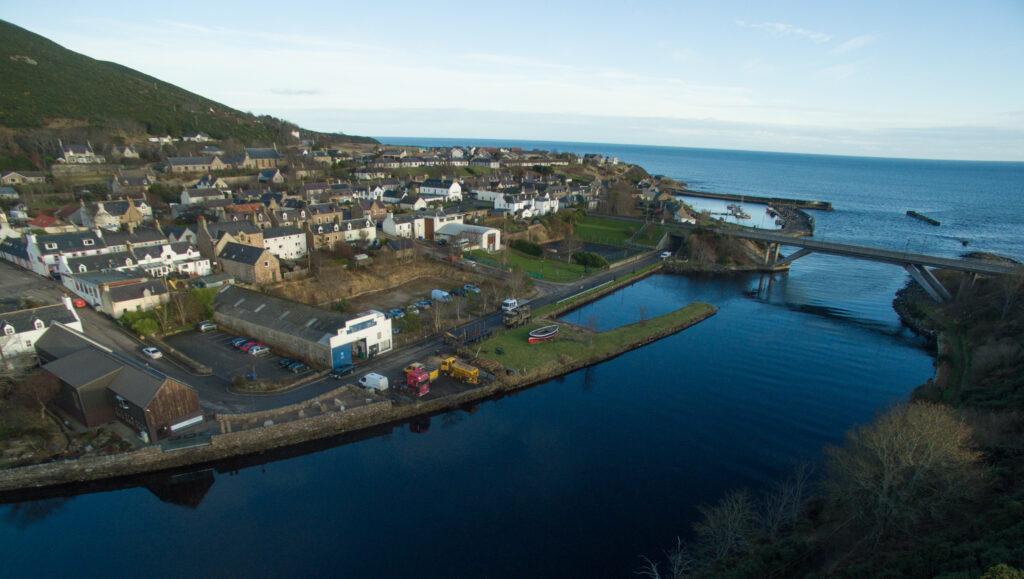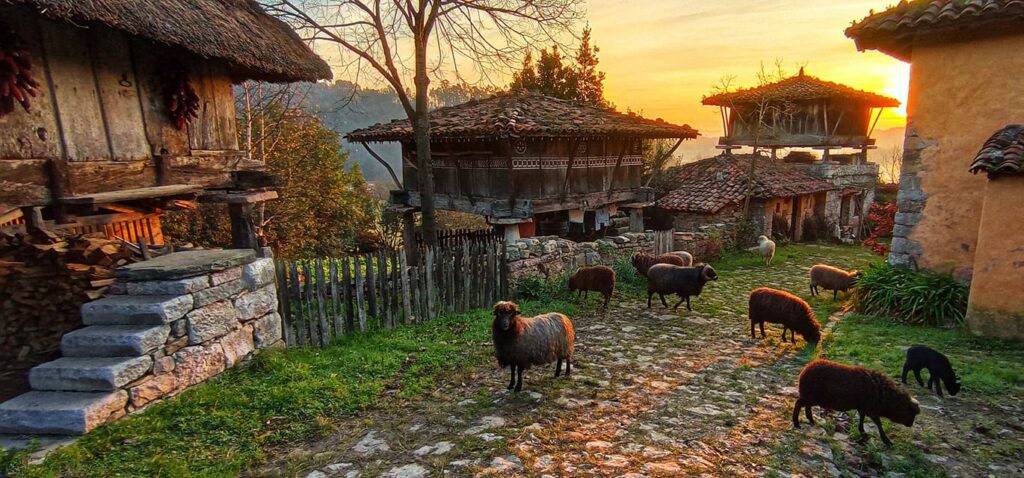
Cultural Landscapes were defined by UNESCO as works of nature and humankind which ‘express a long and intimate relationship between peoples and their natural environment’. UNESCO lists 121 World Heritage sites as cultural landscapes. Each of these synthesise an outstanding universal value with properties of social, economic, religious, and cultural global-significance. In preserving the integrity and authenticity of these places, it is imperative that all natural and cultural elements that make up these landscapes are preserved.
It is imperative that the development of culture is done holistically. For instance, UNESCO outline a cultural development methodology with sev-
eral dimensions across economy, education, gender, societal issues, and heritage sustainability. Cultural landscapes invite research to be interdisciplinary. This is because heritage has a significant impact on a society’s interactions with its landscape. Heritage shapes individuals’ understanding of the world around them and influences how they engage with it. Cultural landscapes are subjective and are predetermined by many of the social implications that surround them. Therefore, interdisciplinary research can help researchers understand what the links between the different aspects of heritage are. In this way, a landscape can be more sustainably developed.
In understanding a cultural landscape, its heritage is explored through both cultural and natural heritage, and then, again seen through the intersectional lenses of social, economic, and environmental significance. When observing crafting through a cultural landscape, we are then interested with both the tangible craft product, the intangible practice, the economic benefit, or environmental impact on the craft and many other views that help shape the identity of the craft for its maker.
